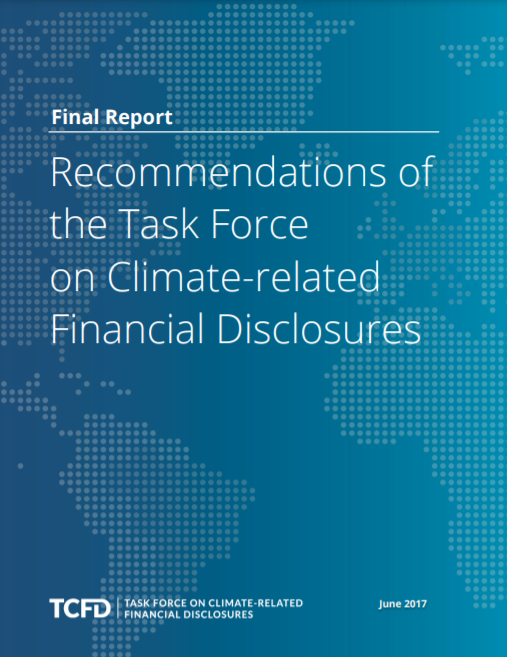Climate change is a risk that the G20 Finance Ministers and Central Bank Governors have recognised is insufficiently incorporated into the global financial system. As a result the Financial Stability Board (FSB) was tasked with investigating climate-related issues and investigating the need for better information to support financial decisions. In response, the FSB established the Task Force on Climate-related Financial Disclosures (TCFD) to address this issue, and specifically to:
• “promote more informed investment, credit, and insurance underwriting decisions
• enable stakeholders to understand better the concentrations of carbon-related assets in the financial sector and the financial system’s exposures to climate-related risks”1
The TCFD lead by Mark Carney and Michael Bloomberg released its draft recommendations late last year. The initial public consultation is set to close next week. Investors and businesses are now assessing the TCFD’s recommendations to understand the implication for their business. This article outlines Energetics’ view of the key issues for business.
Developing risk disclosure guidance with broad relevance and value
The TCFD recognises that climate-related risks are complex, impacting businesses, sectors and geographies differently. The inter-relationships between these impacts are difficult to understand evaluate. Likewise the responses from countries and jurisdictions to climate change are wide and varied.
The TCFD recommendations are applicable to all organisations globally. They focus on relevant information, scalable to any business’ level of sophistication and should be addressed in financial filings. The core recommendations focus on:
- Governance - Disclose the organization’s governance around climate-related risks and opportunities
- Strategy - Disclose the actual and potential impacts of climate-related risks and opportunities on the organization’s businesses, strategy, and financial planning
- Risk - Disclose how the organization identifies, assesses, and manages climate-related risks
- Metrics and targets - Disclose the metrics and targets used to assess and manage relevant climate-related risks and opportunities
The TCFD supports these recommendations with detailed explanations and guidance targeted to highlight sector-specific considerations. These are for:
• Financial – banks, insurance companies, asset owners, asset managers
• Non-financial – energy, transportation, materials and buildings, agriculture, food and forest products
Dealing with complexity: a focus on scenario analysis
The TCFD provides clear guidance for both financial and non-financial businesses. The task force recognises that a simplistic approach to the assessment of climate risks does not exist. There is not a single metric available – no ‘silver bullet’ - that adequately encapsulates climate-related risks.
Importantly, as the external market is changing, historical performance is inadequate to assess future performance. Resilience and robustness are increasingly important in a global environment where uncertainty and volatility abounds.
As such forward looking analysis is recommended to help investors and the financial sector understand and assess climate related risks and opportunities. Scenario analysis is proposed by the task force as a useful tool to understand these issues. It requires a business to develop a number of divergent but plausible global scenarios over the medium to long term. Businesses and investors can then assess and explain how resilient they are to future climate and economic scenarios and change their strategy where relevant. Clear definitions and assumptions provide investors with an understanding of how robust businesses are to future challenges.
There are rewards for moving early
We anticipate that the financial sector will continue to seek information to price climate-related risks for investment decision making and to disclose carbon exposure within their portfolios.
The TCFD disclosure requirements are voluntary. However there are clear benefits for companies who outline to the market their resilience under different low and high emissions futures. These benefits include:
- Demonstrating the ability to incorporate climate related financial risks into corporate strategy and potentially capitalise on competitive advantage
- Reduced risk of mispricing of their equity
- Potential opportunities to attract debt financing and/or insurance at lower cost.
Early adopters of the TCFD recommendations will also have more time to improve internal buy in, refine their corporate strategy, and accelerate initiatives while expectations of the extent and complexity of financial disclosures are lower.
Companies actively improving and disclosing their response to climate change can also mitigate legal risks. A recent legal opinion from Minter Ellison concluded that Australian company directors “who fail to consider ‘climate change risks’ now could be found liable for breaching their duty of care and diligence in the future”.
For those businesses seeking to improve their understanding and management of climate change risks, Energetics can assist you to:
- Understand the gaps between the TCFD recommendations and your current climate related disclosures
- Identify and assess transition and physical climate change risks to your business, suppliers and markets
- Develop qualitative and quantitative scenarios, including identifying trigger points which may indicate that certain scenarios are more likely to occur, and understanding potential financial impacts and implications for business strategy
- Develop greenhouse gas abatement targets and identify opportunities to reduce emissions.
Please contact any one of our experts for more information and advice. Click below to read the full report.








